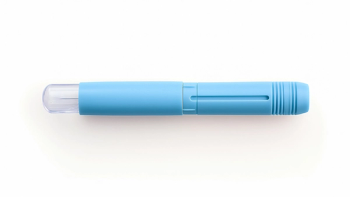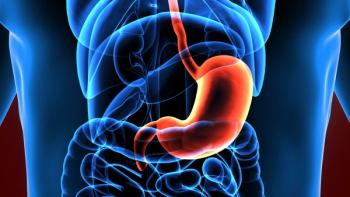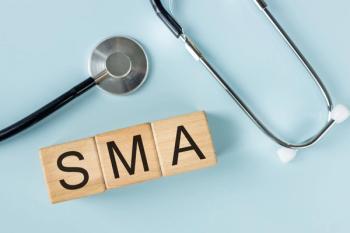
Language of Medicine: Translating Between German and English
The complexities behind these translations require specialized personnel who are nuanced in both medical cultures.
Translating medical documents between English and German requires more than just a basic understanding of both languages. The devil, as they say, is in the details. Each word, phrase, and even punctuation mark can hold vital significance in conveying accurate medical information. Failing to capture these nuances can lead to misinterpretations and potentially serious consequences.
The influence of Greek and Latin on medical terminology
One immediate hurdle is the influence of Greek and Latin on medical terminology. While English readily adopts foreign terms alongside scientific concepts, German often finds itself borrowing heavily from English. This leads to an abundance of English terms in medical German, such as ‘Patient compliance,’ which may (but perhaps should not due to its lengthy) be rendered in German as something like ‘die Bereitschaft des Patienten zur aktiven Mitwirkung an therapeutischen Maßnahmen’ in German.
This borrowing of English terms has become so common in German medical language that it affects everything from patient records to research papers. Translators must navigate when to maintain English terms or adapt them into German while ensuring clarity and precision.
Lack of direct equivalents between English and German
Furthermore, numerous English terms lack direct German equivalents, such as ‘Face lifting,’ ‘Intent-to-treat,’ ‘Surfactant,’ and ‘Restless-Legs-Syndrom,’ to name a few. Adding to this challenge, English clinical research abbreviations like GCP, GLP, and GMP have become so deeply ingrained in the internationally connected medical community that they are often used directly in German.
The decision to maintain or translate these terms can depend on context. While the German medical community may recognize English terminology, translators must consider the target audience, whether they are healthcare professionals or patients, and adjust the language accordingly.
Synonymy in medical terminology
The synonymy present in modern medical terminology adds another layer of complexity. While German has multiple terms for concepts like ‘throat’ (Hals, Gurgel, Kehle), the specific usage of these words differs significantly, often appearing in compound words like ‘der Halsbelag’ (a coating in the throat).
Expansion of text in translation
German is well-known for being one of the languages with the longest words. On average, a German word is 10.6 letters long compared to the average English word of only 5. This necessitates a careful translation process that not only captures the meaning but also emulates the author’s thought process and logic while avoiding overly lengthy sentences. Studies suggest that German translations often expand by 30% compared to the original English text. However, our experience aligns more closely with data from Nitro, an online translation service (it's like Google Translate, but the translation is done by live native translators), which shows a 16.67% increase.
This text expansion poses challenges for translators, particularly when dealing with word limits or formatting constraints. It also necessitates breaking down complex sentences into more manageable parts to avoid overly lengthy and convoluted German translations while maintaining the flow and clarity of the original text.
The challenge of aspect and morphological differences
Several more difficulties lie in the following nuances. The first one is aspect. According to dictionaries, aspect is “the point of view from which something is viewed.” The problem is the lack of aspect in German, which makes it one of the biggest translation challenges.
Morphological differences further complicate the process. While English relies heavily on analytical diminutives formed by adding ‘little,” German employs word combinations and suffixes like ‘-chen’ and ‘-lein’ for diminutives. Translating ‘Traumhaar,’ for example, which signifies “dream hair,” requires careful consideration of these nuances.
False friends: Pitfalls of translation
False friends cause difficulty not only in casual conversation, but also in the professional life of translators. These deceptive word pairs can lead to comical misunderstandings or even serious errors, highlighting the importance of careful attention to detail. For example, ‘drug’ translates to ‘Arzneimittel’ (medical product) in German, or ‘Droge’ (addictive substance) or ‘Narkotika (‘general anaesthetics), while ‘ambulance’ is ‘Krankenwagen’ (ambulance), not ‘Ambulanz’ (outpatient department). Translators must be vigilant about such false friends to ensure accurate communication between languages.
Such linguistic pitfalls can lead to serious misinterpretations, and translators must remain vigilant to avoid these errors, ensuring the correct meaning is conveyed in both languages.
The need for specialized medical translators
The complexities of medical translation go beyond linguistic knowledge. Translators must be well-versed in both the source and target languages' medical terminology and the cultural nuances of both English and German-speaking medical communities. With a shortage of high-quality bilingual medical dictionaries, specialized translators must rely on experience and expertise to ensure accurate and meaningful translations.
Conclusion
Translating medical documents between English and German is a highly specialized task that requires not only fluency in both languages but also a deep understanding of medical terminology and cultural context. The challenges posed by text expansion, false friends, lack of aspect, and morphological differences emphasize the need for expert translators who can navigate these complexities with precision. While technology provides valuable tools for translation, human expertise remains indispensable in ensuring the accuracy, clarity, and cultural sensitivity of medical translations.
Ekaterina Bulaeva, Content Director at Palleos
Newsletter
Stay current in clinical research with Applied Clinical Trials, providing expert insights, regulatory updates, and practical strategies for successful clinical trial design and execution.






.png)



.png)



.png)
.png)
